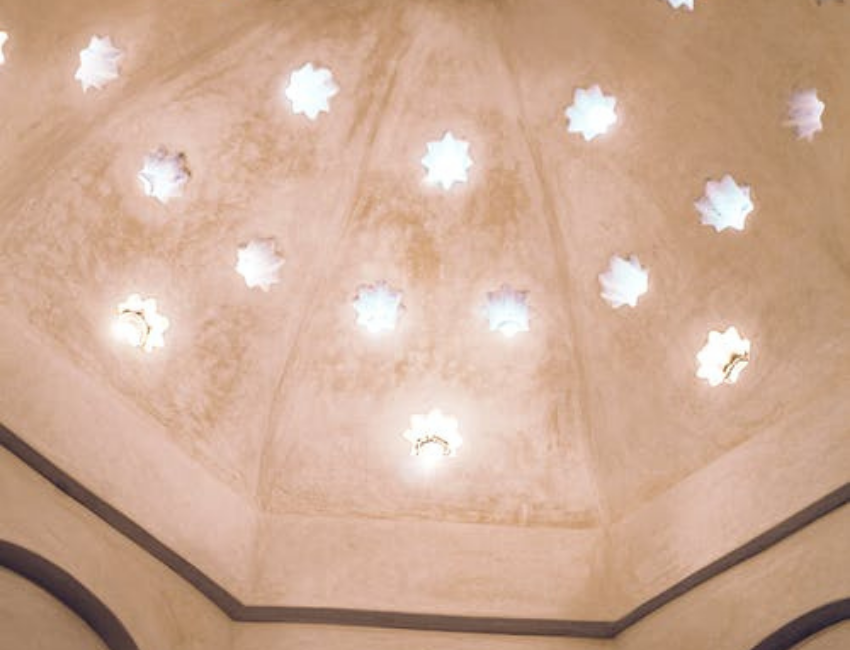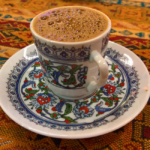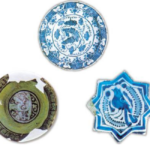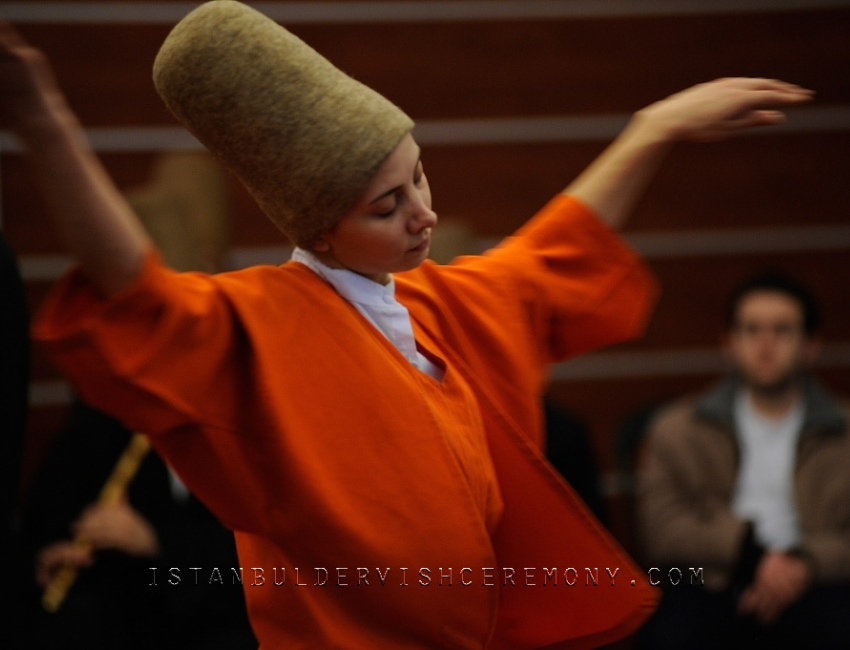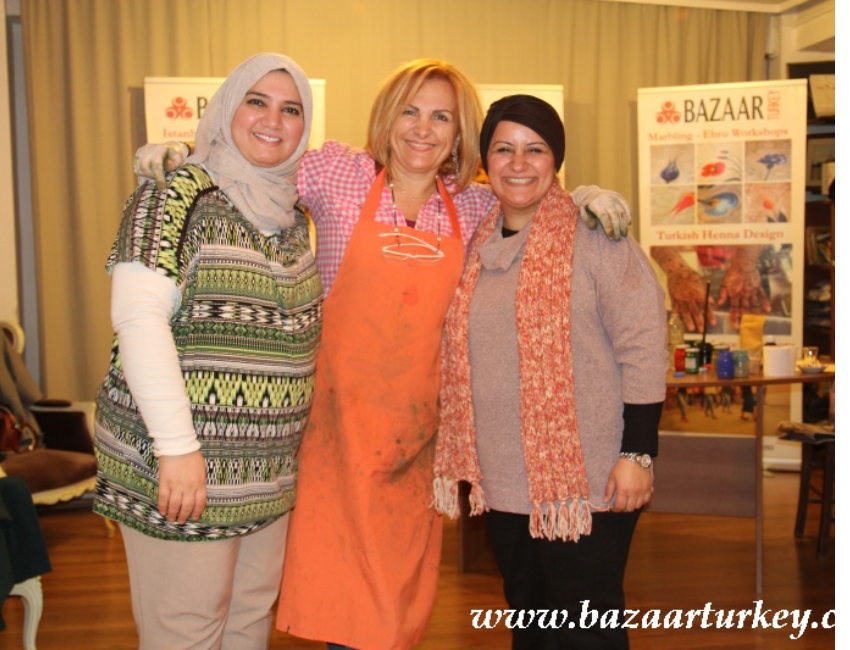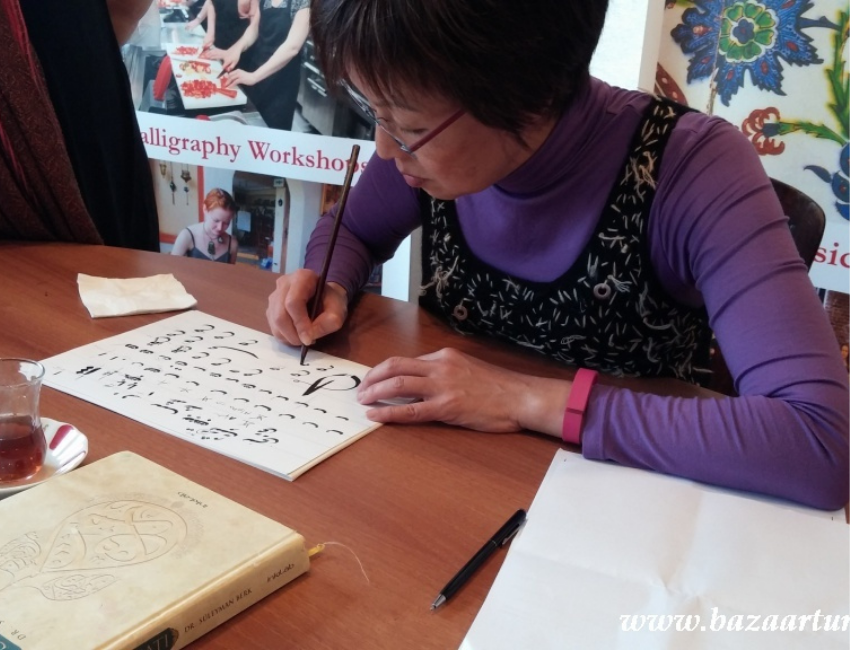If heaven exists, I hope it’s a hamam
Novelist Maggie O’Farrell loved the mosques and teeming streets of Istanbul but she finds the real heart of the city in the bath
Telling people you are going alone to Istanbul brings forth an awful lot of advice, most of it contradictory. Stay near the Blue Mosque, someone confides; stay anywhere but that area, someone else asserts. Take cabs everywhere, says one adviser; do not get into taxis, says another. You will be fine on your own, I am assured; do not go alone, a usually sanguine and fearless friend urges me hysterically.
So I arrive confused – a state of mind not aided by the first thing I do, which is to change currency. The exchange rate is 2,500,000 Turkish lire to the pound. Have you ever tried dividing everything by 2,500,000? Well, it is not easy, especially if multiple noughts make you blind and feverish. It takes me 10 minutes and lots of stressed fumbling with a calculator to work out whether the shoes I am buying my nieces at the Grand Bazaar cost 30p, £3 or £30. I’m still not entirely sure.
Istanbul straddles two promontories of land where Europe ends and Asia begins. The Bosphorus, a narrow but deep channel that links the Black Sea to the Sea of Marmara and the Mediterranean, bisects the city (the legend of the ‘clashing rocks’ in the myth of Jason and the Argonauts is said to be based on a voyage up the Bosphorus).
That it is a perfect fortress, a natural harbour and at the axis of most routes between the two continents goes some way to explaining its fraught past. Any history of the city is like a telescoped account of the history of Western civilisation: it was a Greek colony, then Roman, then Byzantine; the Crusaders stopped by to nick some relics, then the Ottomans took over. The Allies squabbled over it after the First World War, until Atatürk saw them off. It is hardly surprising, then, that Istanbulites still revere him. His stern face adorns cafe walls everywhere.
The East-meets-West cliché that always comes up when anyone talks about Istanbul seems inadequate and nonsensically inept until you go there. It really is like Barcelona crossed with New Delhi. You can be walking down a street of genteel stone villas and then turn a corner to find a narrow alley with merchants selling giant mounds of spices. Teenage girls wear headscarfs with distressed Diesel denim; outside mosque doors lie rows of Adidas trainers.
Hagia Sofia, the immense, multi-domed monument, is perhaps the best embodiment of the city’s past. Built as a church for Emperor Justinian, it was converted into a mosque in Ottoman times, only to be deconsecrated and made into a museum by Atatürk. Byzantine mosaics of the Angel Gabriel peer out sheepishly from behind swathes of plaster smoothed over them during the Islamic makeover. The muezzin’s loge stands at an oblique angle to what would have been the transept.
The mosques are breathtaking. In the Blue Mosque, the vast height of the dome is counterpointed by the immense, flat wheel of the candelabra, hung just above head height. The sparseness of it is a wonder to anyone more used to cathedrals – no pews, no icons, no ornaments, just acres of soft carpet and rows of people kneeling and bowing.
I was a little disturbed by the ordering of the sections – the way the women had to pray behind the tourist area. Allah, men, tourists, women: this ranking seemed wrong to me.
The tolerance towards bored children was interesting, however. As prayers spiralled out of the loudspeakers, three young girls skipped past, arm in arm. A woman being pestered by an overswaddled toddler hoicked him up over the barrier and set him down in the men’s area, where he proceeded to run about and roll all over the carpet in glee.
I loved the cisterns best. Built by Justinian as a public relations exercise, the Yerebatan Sarayi were forgotten about until a Frenchman in 1545 thought to ask himself why people in the area got water by lowering buckets through holes in their basements. It is impossible to imagine what it must have been like to lower yourself down and see the magnitude of the space, the hundreds of thick repeated geometric columns, the clear water, the walls streaked emerald with algae. Justinian’s architects used two massive Medusa heads as column bases, one on its side, one upside down. They are both layered with green, but the snakes are still visible, the gaze still potent.
The hassle you get on the streets is not as bad as you might think. I have travelled in other parts of Turkey and all the hissing and finger-clicking and wayward hands can get you down after a while. I was fully prepared to be vicious and stroppy, but found I did not really need to be. You certainly get stared at and have to work out a way to deal with that interrogatory gaze. I did notice that the day I wore a skirt – a knee-length number I had thought terribly demure – I had 10 times the trouble of the day before, when I had worn jeans.
Even if you are alone, do not be put off walking everywhere, at least in daylight. Wandering around is one of the best things about Istanbul. On the streets, you see people carrying the strangest things: trays of food hoisted high over the head, a sack of doorbells, a man with a huge plaster nymphette wedged under each arm. When he sees me staring he asks if I want to buy one. I decline.
What you do not see is women. Groups of teenage boys, old men, families – yes, but hardly any women. Which makes you wonder where they all are.
The next day I find them – at the 500-year-old Cemberlitas Hamam (Turkish bath). Silence and relaxation, it seems, are not the point here. In one corner is a woman having a pedicure while delivering a long monologue; two elderly women, stark naked, are discussing something that makes them snigger like the late Sid James. On the other side of the room someone else is howling and moaning while having something painful but apparently curative done to her shoulder.
The masseuses march about in their uniforms (capacious black knickers), singing lustily. When they are not massaging or shampooing or chucking buckets of water over their customers, they are zealously scrubbing the hamam itself. Sluicing out the basins, taking a wire brush to the sixteenth-century marble cornicing, mopping up the strings of suds, they are a strange mix of the maternal, the authoritative and the obsessive-compulsive.
I’m about to undergo a massage – the masseuse is standing above me, a rough mitt in one hand, a bucket of suds in the other – when I mime that I am pregnant. It seems innocuous information to me, but shock and outrage ensue. My would-be masseuse shouts to another, and the call goes down the line until the end one opens the hot-room door and yells something into the vestibule. After a few minutes, a figure appears in the doorway and walks slowly through the steam-filled room. It is the mother of all masseuses, bearing down on me.
I am scared. She is as wide as she is high, with a luxuriant moustache, and she is the only one of us with any clothing on. She barks an order. Mitt and bucket vanish. I must not, it seems, have a massage under any circumstances.
I try to point out that having my shoulders rubbed with a mitt cannot do any harm but Mother Masseuse is not having any of it. I am made to flip over on to my back, and a crowd of masseuses and customers gather to discuss my state. They gesture, smile, admonish, point, chatter and give lots of strict advice. It does not seem to matter that I do not understand what they are saying.
I lie on my back, motionless. Every time I twitch or scratch my head I am shouted at to lie still. The heated marble plinth is below me and the high-domed ceiling, studded with tiny skylights, above. If heaven exists, I hope it is a hamam.
That evening I end up, as you do, in a plastic tent-cum-cafe. The air is heavy with apple-scented hookah pipesmoke, an old woman in the corner kneads pancake dough and a man with a harp on his knee croons songs into a microphone. Waiters circle the tables with tongs and trays of scorching coals to boost your hookah, and the occasional mint tea. I like this place; I like the thin, hot pancakes, the bubbling of the pipes, the cats canvassing for titbits. And there are not many places you can see a girl in an Islamic headscarf sucking on a hookah, her other hand resting on her boyfriend’s thigh.
Sunday February 2, 2003
The Observer
-
 Istanbul Photography and Walking Tours150,00 €
Istanbul Photography and Walking Tours150,00 € -
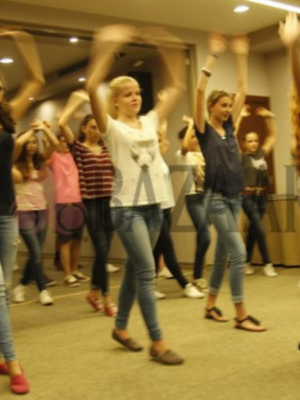 Turkish Belly Dance Lessons in Istanbul150,00 €
Turkish Belly Dance Lessons in Istanbul150,00 € -
Product on sale
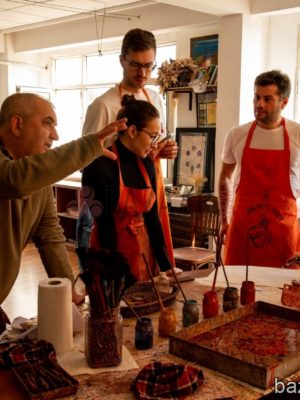 Turkish Marbling Ebru Lesson in istanbulOriginal price was: 75,00 €.55,00 €Current price is: 55,00 €.
Turkish Marbling Ebru Lesson in istanbulOriginal price was: 75,00 €.55,00 €Current price is: 55,00 €.

